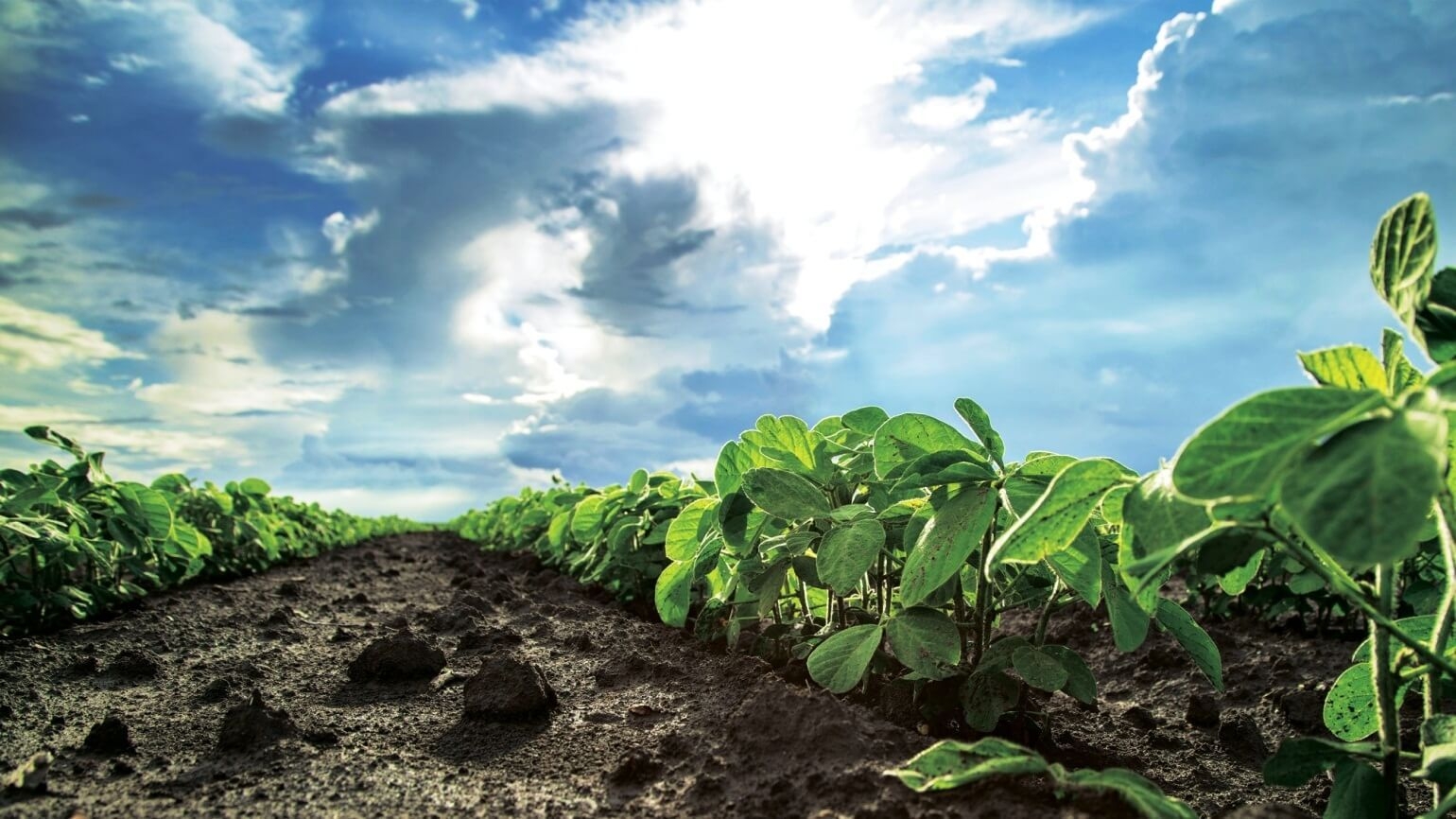Brazil converts pastures into arable land to increase soybean production

While the U.S. is losing farmland each year to development or renewable energy projects, Brazil is actively converting pastures to arable land to increase its area sown. From the 2015/16 MY to the 2024/25 MY, the country’s soybean acreage increased from 82 million acres to 117 million acres, and has great potential for further expansion, as another 70 million acres, including 12.65 million acres of degraded pasture, could be converted.
Converting pastures to arable land is more profitable than restoring them for grazing. And ranchers find it more profitable to lease or sell this land to farmers for grain cultivation. In addition, according to Bloomberg Intelligence analysts, the introduction of new technologies is contributing to an increase in soybean yields in Brazil. Therefore, over the next two years, grain production in the country may grow by 8-11%, exceeding the increase in sowing areas.
Currently, about 23% of Brazil's land, or nearly 500 million acres, is covered by pastures or meadows, half of which could be converted to grain crops and the rest left for livestock grazing due to the developed meat industry. However, some of the land is of poor quality, making it unsuitable for productive agriculture.
However, the country faces some challenges. About 70% of soybean exports are supplied by China, making Brazil dependent on a single market. There are logistical problems, as 65% of the grain is transported to ports by road. A shortage of storage capacity and the lack of subsidized crop insurance (unlike the US) make soybean production in Brazil more risky than in the US.
The country's agricultural sector is highly dependent on external factors. For example, last year, the pace of expansion of sown areas slowed down on forecasts of a possible reduction in soybean purchases by China, which has accumulated significant stocks in recent years. Soybean prices have fallen almost to the cost level, so some farmers may abandon its cultivation in favor of other crops.
Despite all the challenges, Brazil remains the world's main supplier of soybeans. And if global demand for soybeans increases, it will be able to meet it, because it has the land and the necessary expertise. For farmers in other countries, including the United States, this means increased competition, as Brazilian production can significantly affect world prices.


